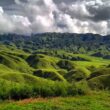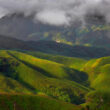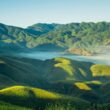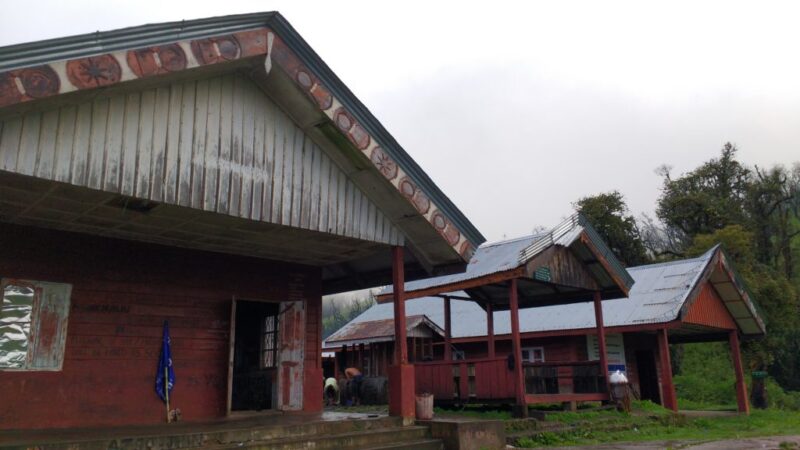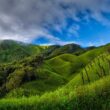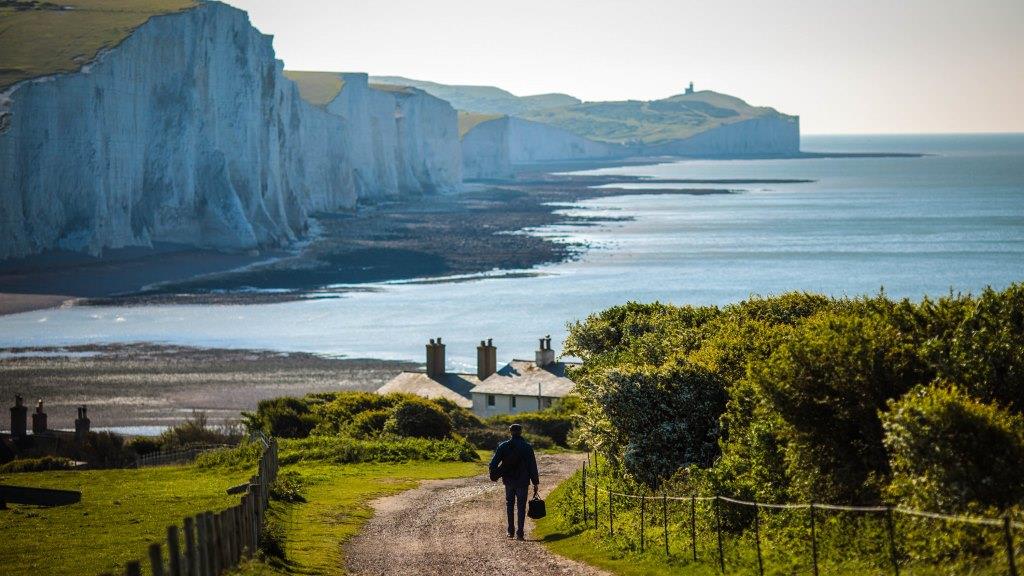Dzukou Valley, perched on the border of Nagaland and Manipur, is one of the most surreal trekking destinations in India. Famous for its emerald meadows and seasonal blooms, it draws adventurers from all corners of the world.
While the trek itself is memorable, where you stay can make or break your experience. Unlike commercial hill stations, Dzukou Valley offers limited but rewarding accommodation options ranging from simple trekkers’ huts to basic campsites.
This detailed guide will help you explore all available places to stay, how to book them, what to expect, and which options best suit your trekking style.
Accommodation Options Inside Dzukou Valley
If you want to wake up in the heart of the valley and enjoy sunrise over the meadows, you’ll need to stay at the Dzukou Valley Base Camp Rest House or camp at designated spots.
1. Dzukou Valley Rest House
Overview:
- This is the main shelter at the valley floor.
- Managed by the Southern Angami Youth Organization (SAYO).
- Basic but functional accommodation for trekkers.
Facilities:
- Dormitory-style rooms with wooden bunk beds.
- Mattresses and blankets provided (though thin).
- Separate kitchen space where you can cook your meals.
- Shared toilets and water facilities (very basic).
What to Know:
- No electricity—carry headlamps and power banks.
- No heating except for kitchen fire.
- Drinking water is sourced from nearby streams.
Booking:
- No online booking. You pay at the Rest House on arrival (approx. ₹300–₹400 per bed).
- Space is available on a first-come, first-served basis during peak season (June and October).
Why Stay Here:
- Perfect for trekkers who want the convenience of a roof.
- You’re already inside the valley, saving time for exploration.
2. Camping in Dzukou Valley
Overview:
- For a more immersive experience, you can pitch your own tent.
- Campsites are designated around the Rest House area.
Facilities:
- You must bring your own tent and sleeping gear.
- Cooking is allowed at designated kitchen areas.
- Water can be fetched from natural springs.
What to Know:
- Temperatures drop sharply at night (below zero in winter).
- Carry a sleeping bag rated for sub-zero temperatures.
- Strictly follow Leave No Trace principles.
Booking:
- No permit required beyond the entry fee.
- Pay a small camping fee (approx. ₹100–₹200).
Why Camp:
- Ideal for photographers and nature lovers.
- Experience the valley without disturbance.
Accommodation in Viswema Village
If you prefer to stay before or after your trek, Viswema Village is the most popular base. It’s about 25 km from Kohima and the main starting point of the easier trekking route.
3. Viswema Homestays
Overview:
- Local families run small homestays offering simple Nagaland hospitality.
- Authentic experience of Angami culture.
Popular Options:
- Japfü Homestay: Neat rooms, basic meals, and warm hosts.
- Viswema Village Homestay: Budget-friendly and close to trailhead.
Facilities:
- Clean bedding and private or shared bathrooms.
- Simple home-cooked meals (rice, vegetables, smoked meat).
- Some offer packed lunches for trekkers.
Booking:
- Can be arranged via phone or through local tour operators in Kohima.
- Price range: ₹800–₹1500 per night including meals.
Why Stay:
- Perfect for acclimatizing before the trek.
- Learn about local traditions.
4. Guesthouses in Viswema
If you prefer something slightly more formal than a homestay:
Popular Options:
- Dzukou Valley Guesthouse: Basic amenities with twin or triple rooms.
- Pine Grove Guesthouse: Offers parking, hot water, and simple meals.
Facilities:
- Western toilets, limited hot water.
- Wi-Fi is rare; mobile network is patchy.
Booking:
- Direct booking via phone or local agents.
- Rates: ₹1200–₹2000 per room.
Why Stay:
- Good option for small groups or families.
- Convenient parking and staging point.
Accommodation in Zakhama Village
If you’re trekking via the steeper Zakhama route, you’ll find fewer options. However, some trekkers prefer staying here for early starts.
5. Zakhama Homestays and Lodges
Overview:
- Smaller village, so accommodation is limited.
- Homestays are the most reliable option.
Facilities:
- Clean rooms with basic bedding.
- Home-cooked meals (must be ordered in advance).
- Some homestays help arrange guides.
Booking:
- Contact via local tourism offices or tour operators.
- Rates: ₹700–₹1500 including meals.
Why Stay:
- Start early and beat the crowds.
- Enjoy quiet village life.
Accommodation in Kohima
Many trekkers stay in Kohima before or after visiting Dzukou Valley. Kohima offers better facilities, ATMs, and supplies.
6. Hotels and Guesthouses in Kohima
Recommended Options:
- Hotel Japfü: Comfortable mid-range rooms with good food.
- The Heritage: Boutique property with Naga cultural décor.
- Razhu Pru: Popular among backpackers.
Facilities:
- Hot water, Wi-Fi, in-house restaurants.
- Easy transport to Viswema or Zakhama.
Booking:
- Online via booking platforms or directly.
- Price Range: ₹1500–₹4000 per night.
Why Stay:
- Ideal for freshening up before or after the trek.
- Explore Kohima War Cemetery, Naga heritage villages.
How to Choose the Right Place to Stay
✅ Want convenience? Stay inside the Dzukou Rest House.
✅ Prefer comfort? Stay in Kohima hotels and day-trek.
✅ Love cultural immersion? Try Viswema homestays.
✅ On a tight budget? Bring your own camping gear.
Pro Tips for Staying in Dzukou Valley
- Carry cash. No ATMs in the villages.
- Book homestays in advance during peak bloom season (June).
- Bring a sleeping bag even for Rest House stays.
- Respect local customs and don’t litter.
- Network is unreliable—inform family before your trek.
Conclusion
Accommodation in Dzukou Valley may be basic, but it’s part of what makes this destination so authentic. Whether you sleep under the stars in your own tent or warm up in a cozy homestay kitchen, you’ll find that the simplicity of these places adds to the valley’s timeless charm.

